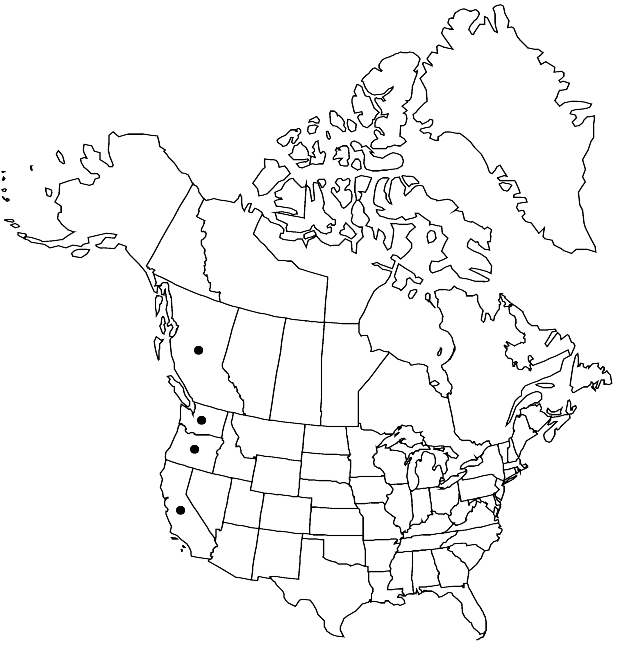Difference between revisions of "Smelowskia ovalis"
Proc. Calif. Acad. Sci. ser. 2, 5: 624. 1895.
FNA>Volume Importer |
FNA>Volume Importer |
Revision as of 20:20, 24 September 2019
Plants sometimes canescent basally; caudex branched. Stems: several from base, unbranched or branched distally, 0.3–1.8 dm, trichomes simple, 0.3–0.6 mm, mixed with smaller, dendritic ones. Basal leaves: petiole 1–6 cm, ciliate, trichomes simple; blade obovate, ovate, suborbicular, or oblong in outline, (terminal segments obovate or oblong), 0.5–2.5 cm × 5–15 mm, (terminal segments 0.2–1 cm × 1.5–5 mm), margins pinnatisect or pinnatifid, apex obtuse or rounded. Cauline leaves shortly petiolate or sessile; blade similar to basal, smaller distally. Racemes elongated and dense in fruit. Fruiting pedicels suberect to ascending, (subappressed to rachis, often forming less than 40˚ angle), proximalmost sometimes bracteate, 3–10 mm, pubescent, trichomes simple (to 1 mm), mixed with smaller, dendritic ones. Flowers: sepals (persistent), 2–2.5 mm; petals usually white, rarely pinkish, spatulate to obovate, 3.5–4.5 × 1.5–2.5 mm, narrowed to claw, 0.5–1.5 mm, apex rounded; anthers oblong, 0.5–0.6 mm. Fruits suberect to ascending, ovoid to suboblong, terete or slightly flattened, 2–6 × 2–3 mm, base and apex obtuse; valves each with obscure midvein; ovules 4–8 per ovary; style 0.2–1 mm. Seeds 1–1.5 × 0.6–0.7 mm.
Phenology: Flowering Jul–Aug.
Habitat: Loose talus, mica shist, alpine rock slides, rocky moraines, rock crevices
Elevation: 1500-3400 m
Distribution

B.C., Calif., Oreg., Wash.
Discussion
Smelowskia ovalis appears to be rare in Oregon, common at Mt. Lassen (Shasta County, California), and widespread at high elevations in Washington.
Selected References
None.